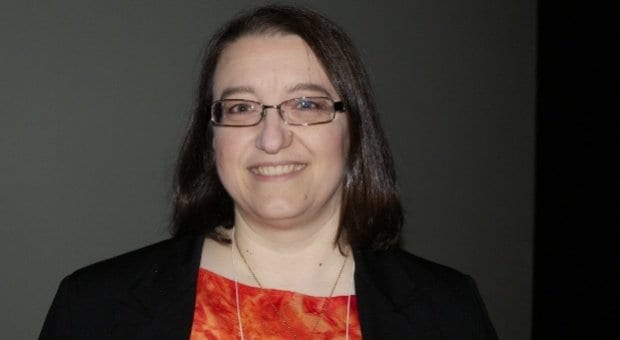More high school students in BC are identifying as bisexual and more girls as lesbians, according to a study of youth in the province in 2013, released Feb 12.
Even as more students come out, increased levels of homophobia are being recorded, the new McCreary Centre report suggests.
“We did see high rates of harassment and discrimination toward the LGBTQ community,” McCreary executive director Annie Smith says, though she can’t say for sure whether the two findings are connected.
Still, McCreary research director Elizabeth Saewyc says previous research indicates a connection between declining levels of discrimination and gay-friendly messages in schools.
“We need to do more analysis around lesbian, gay, bisexual teens,” Saewyc says.
The 2013 BC Adolescent Health Survey found that both male and female students are less likely to identify as completely straight (81 percent) than in previous years (86 percent in 2008 and 85 percent in 2003).
The study, conducted between February and June 2013 with almost 30,000 students across BC in Grades 7 to 12, found that male students are more likely than female students to identify as completely straight (85 percent versus 77 percent). One percent of male students and four percent of female students identified as bisexual, one percent each as gay or lesbian, three percent total as questioning and 15 percent total listed no attractions.
Thirty-five percent of the youth said they had experienced at least one type of discrimination in the past year, such as racist or homophobic discrimination, with 17 percent experiencing one type, nine percent experiencing two types and nine percent experiencing three or more types of discrimination.
The survey shows that 64 percent of lesbian students were discriminated against because of their sexual orientation, as were 47 percent of gay students and 37 percent of bisexual students.
In January, Saewyc and the University of British Columbia (UBC) released another study that found that having gay-straight alliances (GSAs) and explicit anti-homophobia policies in schools may reduce the chances of suicidal thoughts and attempts in both queer and straight students. That study found chances of harm were lower if both strategies were enacted or in place for three years or more.
Fewer than one percent of the students surveyed for the 2013 BC Adolescent Health Survey identified as transgender. Five percent of aboriginal students identified as two spirit.
The questions about trans youth were new to the 2013 survey, added in response to requests from health professionals, schools and youth. One question asked youth if they identify as transgender, and the second asked aboriginal youth if they identify as two spirit.
“For both questions, students could answer ‘yes’, ‘no’, or ‘I don’t know what (transgender/Two Spirit) means.’ Many students did not know what these terms meant,” the report says. “For example, 59 percent of aboriginal students reported that they did not know what Two Spirit meant.”
However, the report notes that aboriginal students who live on reserve or speak an aboriginal language are more likely to understand the term and to identify as two spirit.
“From Hastings Street to Haida Gwaii: The 2013 BC Adolescent Health Survey” is the first of a series of reports that will be published using the 2013 survey results. A report on youth sexual health is already underway and will be published soon.
Saewyc tells Xtra that a national study on trans youth is also underway in conjunction with the Stigma and Resilience Among Vulnerable Youth Centre.
“We’re in the middle of collecting data right now,” she says.
The 2013 health survey shows that 23 percent of students reported having oral sex, a decrease from 26 percent in 2008 for both males and females. Although equal percentages of males and females indicated having oral sex, males were more likely to have received oral sex (21 percent versus 18 percent).
Rates of both giving and receiving oral sex increased with age, the report shows.
Nineteen percent of students indicated having sex other than oral sex or masturbation, with similar rates for males and females. That percentage reflects a decrease from 24 percent in 2003.
Consistent with the survey findings around oral sex, older students were more likely than younger ones to have had sexual intercourse. Two percent of Grade 7 students reported having had intercourse, compared to 44 percent of Grade 12 students.
Three percent of students who had ever had sexual intercourse reported an STI, down one percent from survey findings in 2008 and 2003.
Sixty-nine percent of students who ever had sexual intercourse reported using a condom or other latex barrier the last time they had sex.

 Why you can trust Xtra
Why you can trust Xtra


